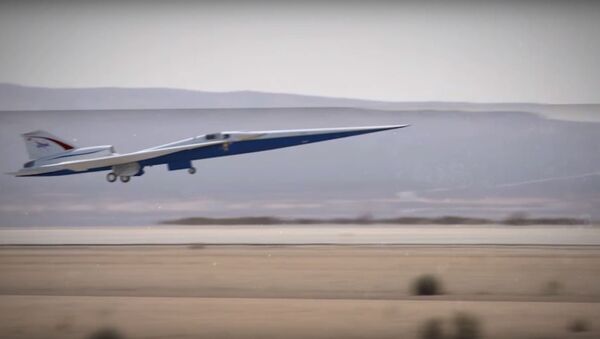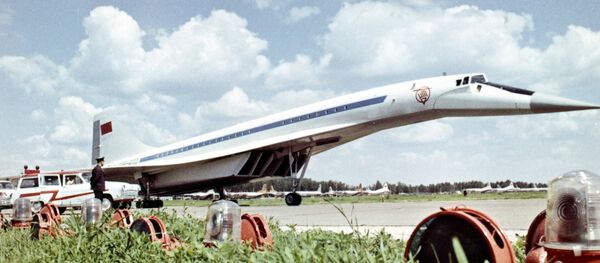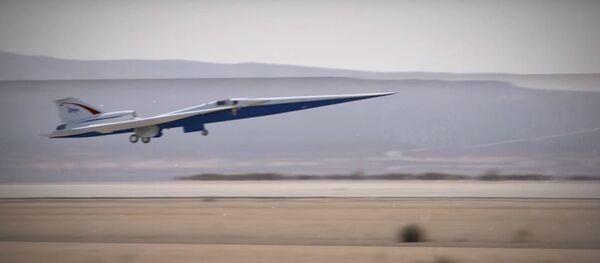X-59 Quiet Supersonic Technology aircraft came as the company’s solution for NASA’s request to develop an aircraft capable of reaching supersonic speed without creating the deafening sonic boom that comes with breaking the sound barrier, the CNBC reported. It is designed to fly at 55,000 feet height and reach the speed of 940 miles per hour. The newest plane is designed to make a noise upon breaking the sound barrier no louder than the sound of a car door closing.
READ MORE: All Thump, No Boom: NASA Tests Quiet Supersonic Flights Off US Coast
However, Lockheed Martin and NASA want to advance the technology through noise reduction to overturn regulations. The newest experimental plane is designed to return supersonic passenger air travel to routes over land since Concord’s last flight in October 2003.
“The start of manufacturing on the project marks a great leap forward for the X-59 and the future of quiet supersonic commercial travel,” said Peter Iosifidis, Low Boom Flight Demonstrator program manager for Lockheed Martin Skunk Works.
“The long, slender design of the aircraft is the key to achieving a low sonic boom. As we enter into the manufacturing phase, the aircraft structure begins to take shape, bringing us one step closer to enabling supersonic travel for passengers around the world,” he added.
Lockheed Martin also holds a contract with Aerion Corp. to develop a supersonic business jet, the AS2, scheduled to take flight in 2023. The company also developing the SR-72, a hypersonic unmanned plane dubbed the “son of the Blackbird”, which reportedly would be able to operate at speeds up to Mach 6 and allow “warfighters to quickly address threats before an adversary may have time to react,” Lockheed Martin CEO Marillyn Hewson said of the hypersonic plane in March.



